Solar Oven S'mores
So many great things are synonymous with “summertime yummies!” We can’t think of a summer treat we enjoy quite as much as a s’more: warm, […]
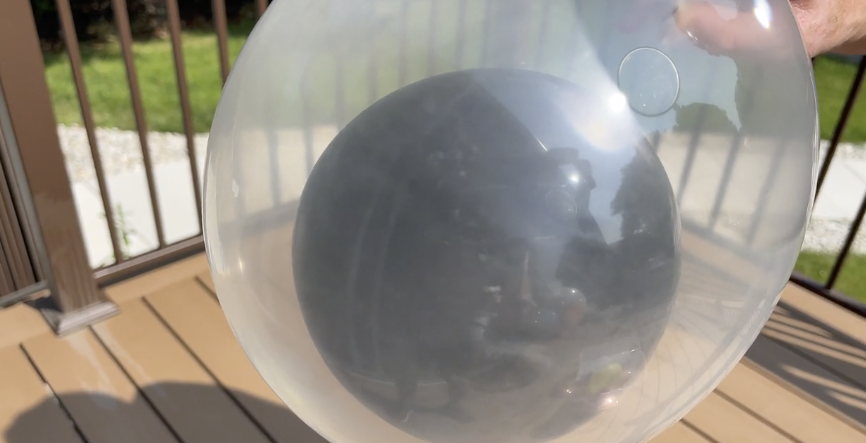
One balloon is blown up inside of another when you use a magnifying glass to focus light onto their surfaces. You expect the balloons to pop, but only the balloon on the inside bursts. What’s going on here? The Mystery Balloon Pop is a tremendous lesson in the power of the sun’s rays and the absorption of light and heat. Did we mention you’re popping balloons for science? Get started!
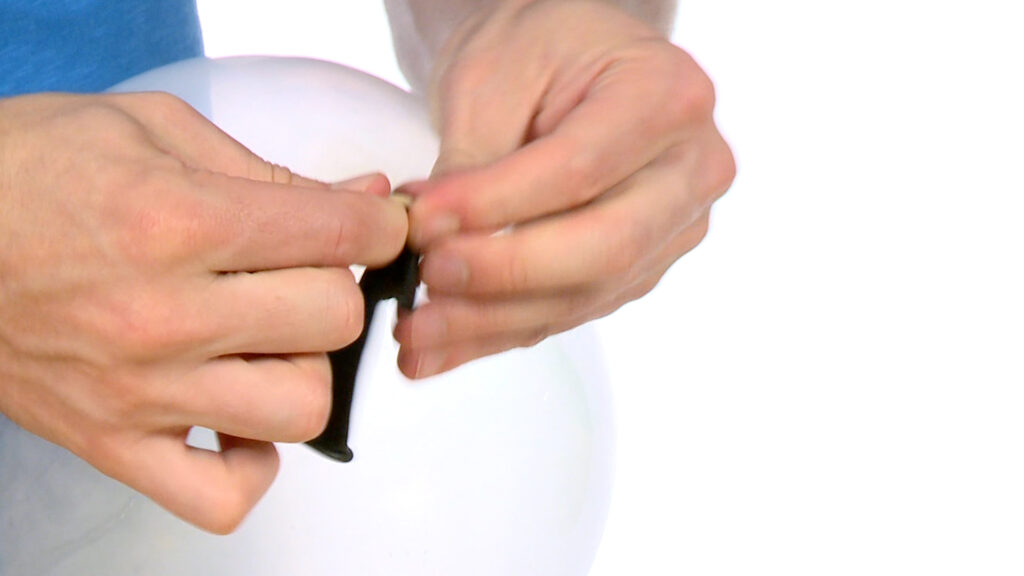
Blow up the clear balloon, leaving the end open and carefully placing the black balloon inside.
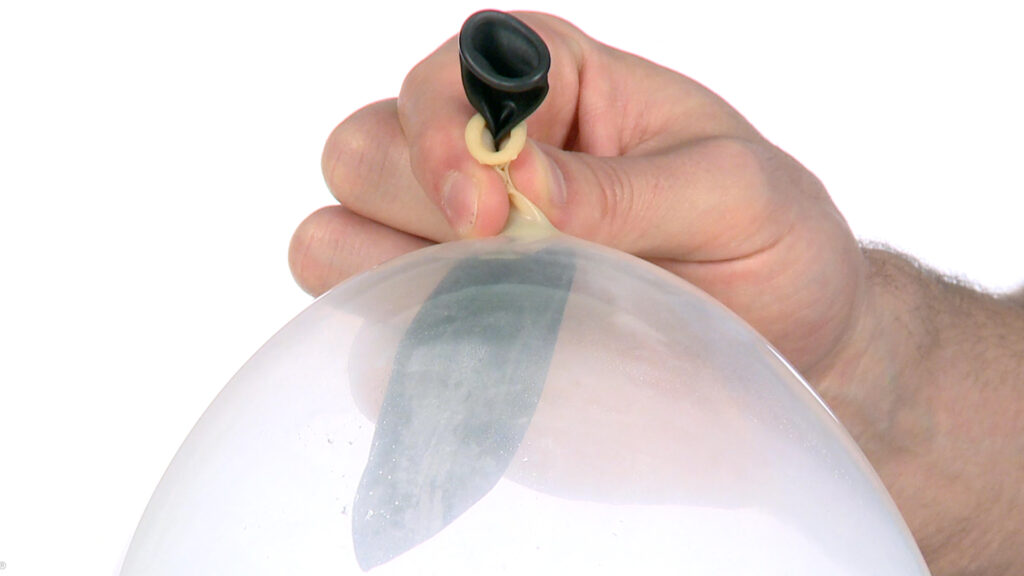
Leave the black balloon sticking out so that you can still blow it up.
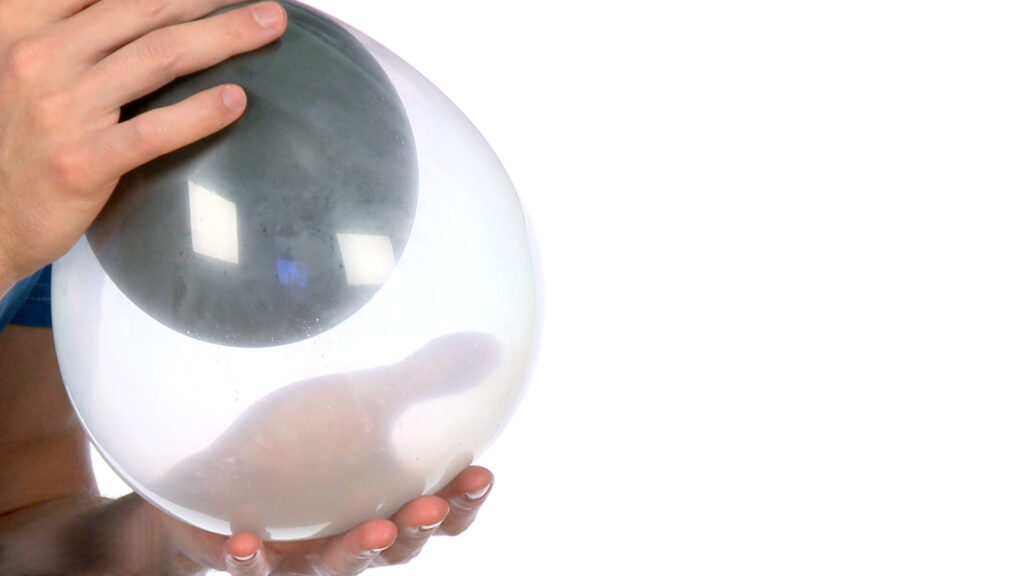
Blow up the black balloon and tie it off before pushing it the rest of the way into the clear balloon.
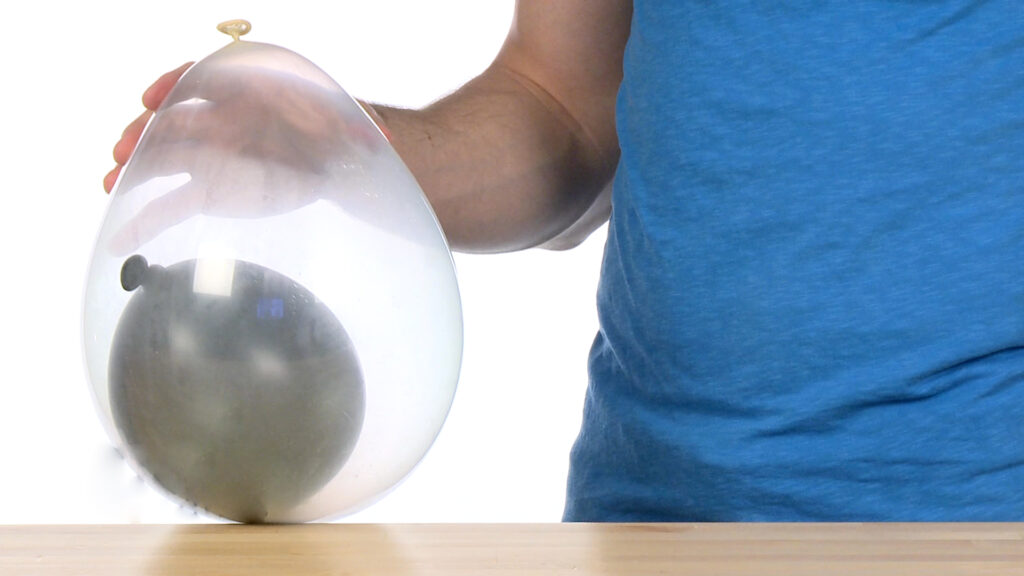
Tie off the clear balloon now so the black balloon is completely inside.
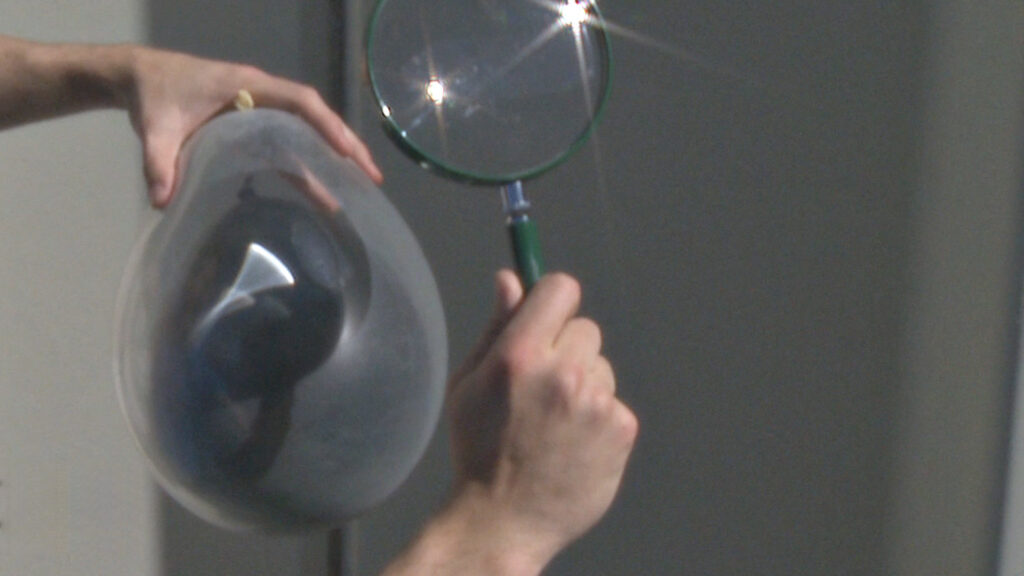
Go out into the sun and focus the magnifying glass through the clear balloon and onto the surface of the black balloon.
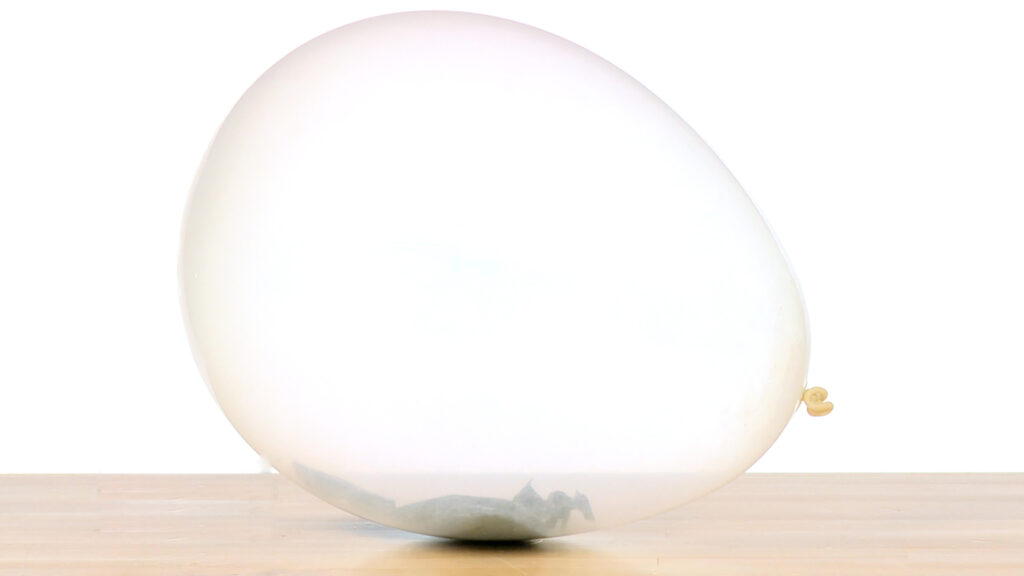
Amazing! The black balloon pops, while the clear balloon remains completely unharmed.
We’ve created and shown you a ton of science experiments and projects that demonstrate just how powerful the sun’s rays can be, and the Mystery Balloon Pop falls into that category. When you use a magnifying glass to focus the sun’s rays into a dot, you create a spot that is incredibly hot. It’s the perfect way to start a fire (literally). That’s how hot that dot of light can get!
It’s no surprise, then, that this immensely hot light pops a balloon, but why is only the black balloon popped?
Luckily, for the clear balloon, most of the light and its heat, pass right through the balloon’s surface. You’ve seen this in action before. When you look through glass windows, a clear drinking cup, or even a pair of glasses, you’re witnessing light passing through a surface. Since the clear balloon is nearly transparent, the same thing happens when it is exposed to light, even in a high concentration.
The black balloon isn’t so lucky. When we’re talking about light, black is created by a surface that doesn’t reflect any light… it absorbs almost all of it. This “absence” of reflected light creates the black color we perceive. With a surface absorbing all of that light, it also absorbs the energy. In this case, that energy is heat, and a lot of it. The heat absorbed by the black balloon from the focused sunlight quickly causes the bonds of the balloon to weaken until it can no longer contain the air on the inside. The pressure from the air is just too much as it explodes, releasing the air into the clear balloon.